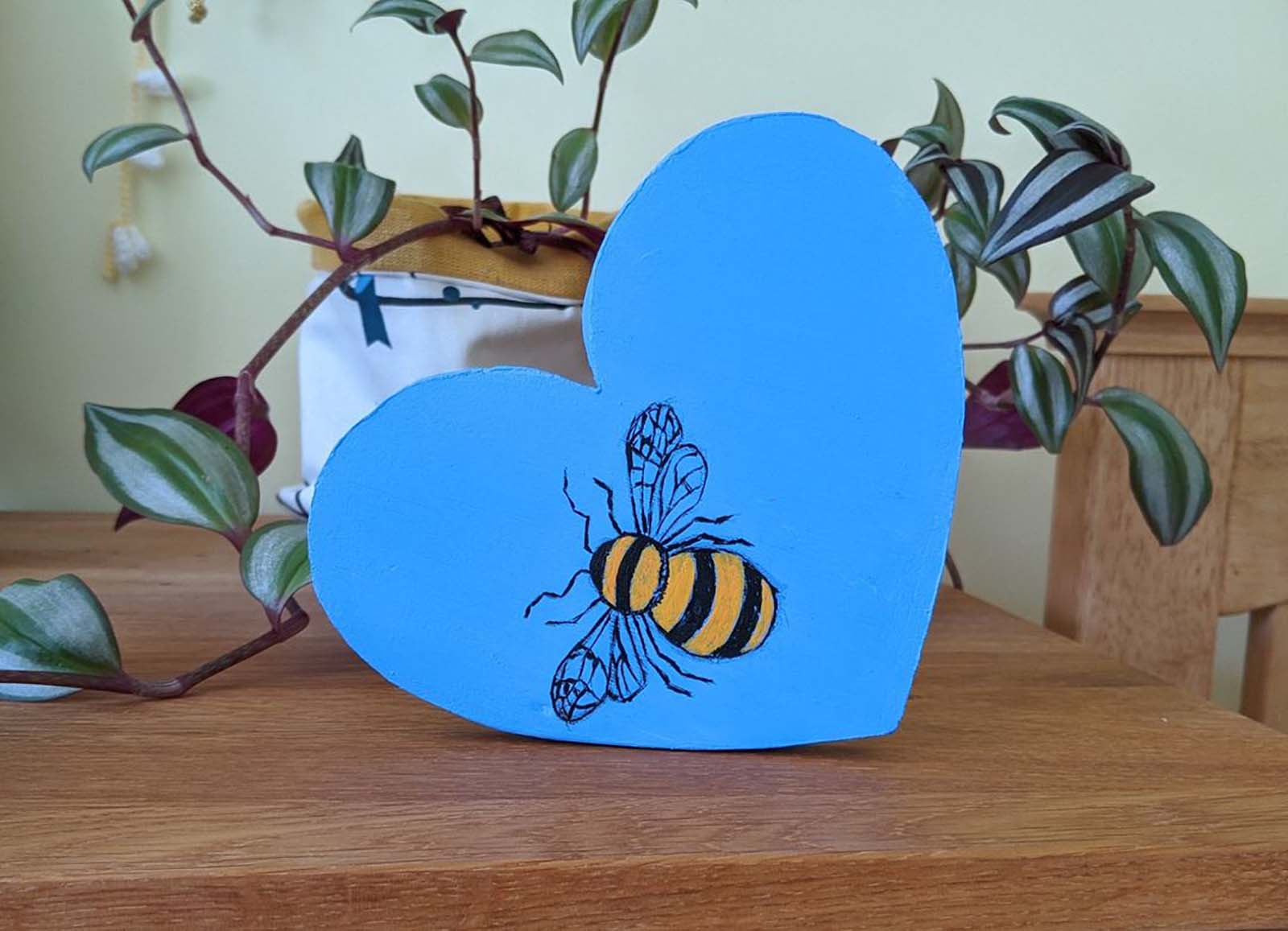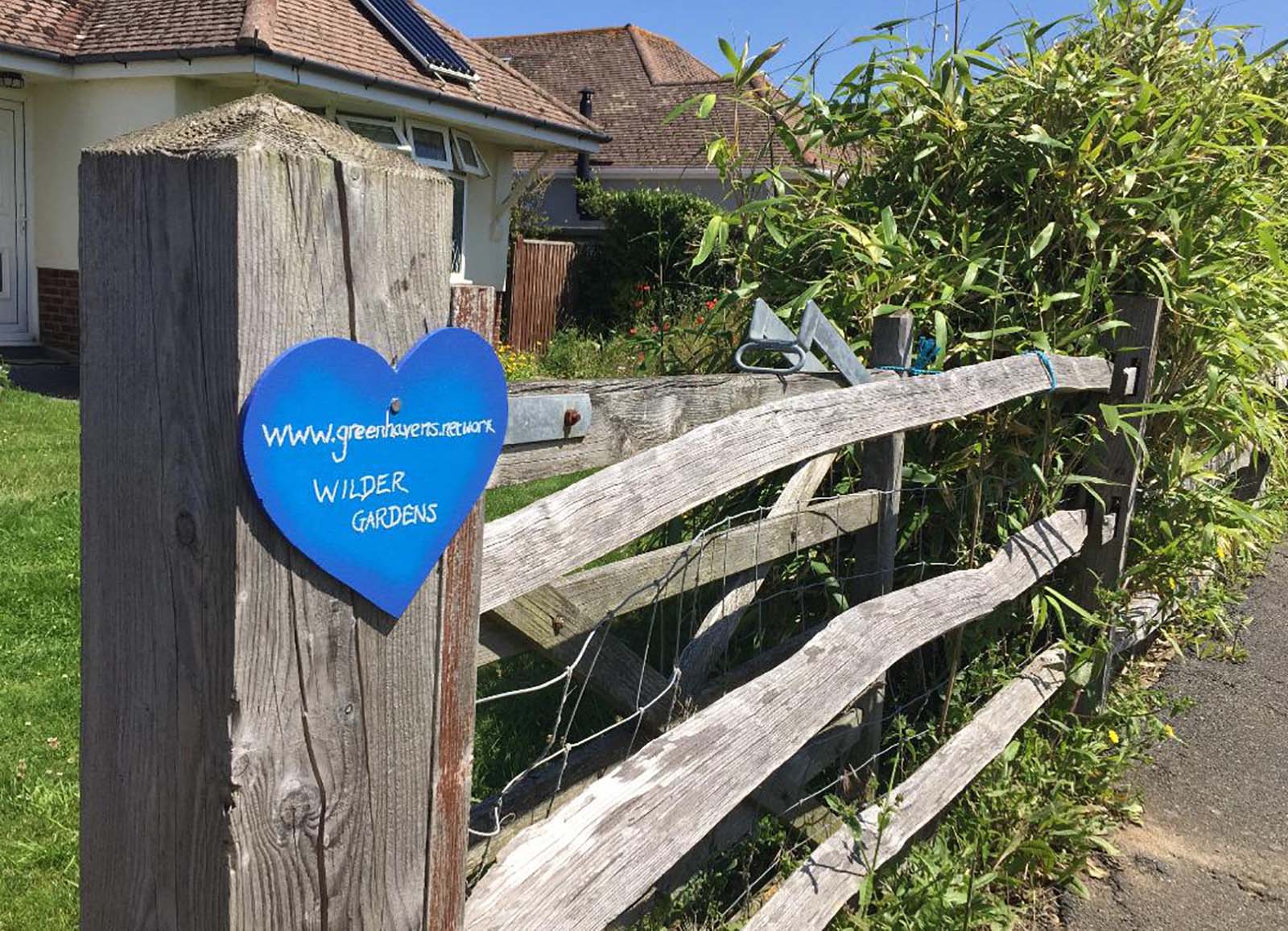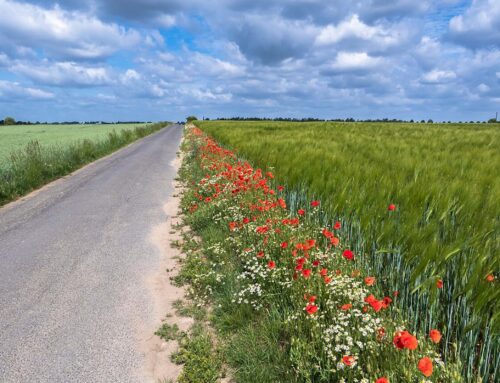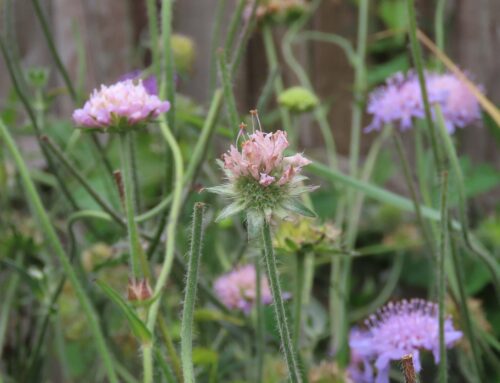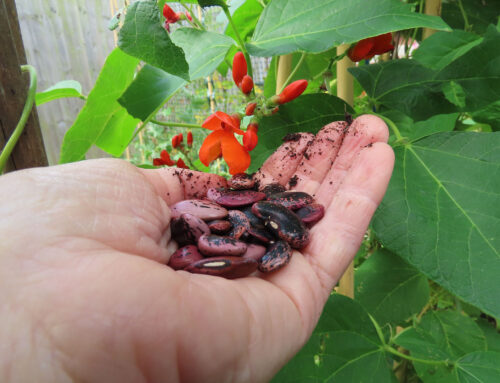No Mow – Stop Mowing and Leave a Patch Wild
Wildflowers play a central role in making your garden more wildlife friendly. That is because they provide an important source of nectar and pollen for our (local) pollinators!
The climate crisis, industrial agriculture and rapid urbanisation are all threats to both our native wildflower habitats and our local pollinators. Creating space in your garden where these insects can feed and breed is thus a crucial step towards strengthening our local pollinator populations as well as supporting other forms of wildlife that feed on these insects such as bats or birds.
If you have lawn/grass in your garden, the easiest way to introduce wildflowers and biodiversity into your garden is to simply stop mowing!
If you’re not ready to stop mowing altogether, South Downs National Park Ranger Jan Knowlson suggests cutting a pattern into your lawn and leaving some patches unmowed and wild.

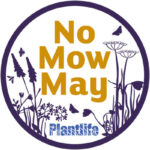 Moreover, Plantlife’s #NoMowMay Campaign states that while “lawns are sometimes considered to be ‘wildlife deserts’ […] new Plantlife research shows them to be true biodiversity hotspots’. This was particularly apparent for lawns left unmown all year. They suggest applying a ‘Mowhican’ style cut in gardens i.e. cutting some areas of your lawn once a month while leaving others long and uncut. This approach gives ‘short-grass’ species like daisies enough space to flower while also creating habitat for nectar-rich species that thrive in longer unmowed grass.
Moreover, Plantlife’s #NoMowMay Campaign states that while “lawns are sometimes considered to be ‘wildlife deserts’ […] new Plantlife research shows them to be true biodiversity hotspots’. This was particularly apparent for lawns left unmown all year. They suggest applying a ‘Mowhican’ style cut in gardens i.e. cutting some areas of your lawn once a month while leaving others long and uncut. This approach gives ‘short-grass’ species like daisies enough space to flower while also creating habitat for nectar-rich species that thrive in longer unmowed grass.
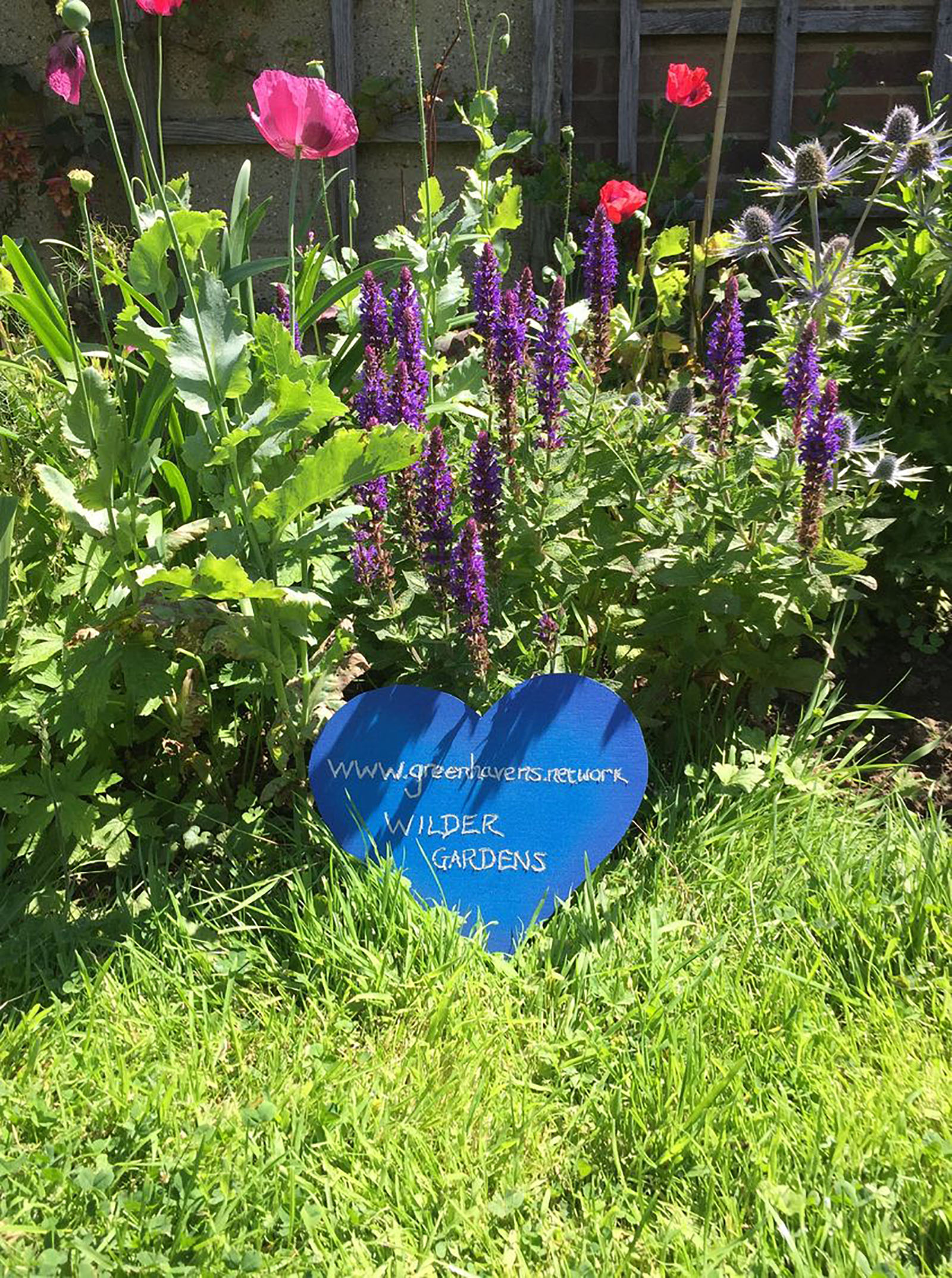
Many of our Greenhavens Network members have put up Blue Hearts in their gardens, a sign developed by the BLUE Campaign, to show that they are ‘wilding’ their garden or leaving space for nature.
Find our more about this campaign here.
Lawn image: www.nrdc.org/stories/more-sustainable-and-beautiful-alternatives-grass-lawn.
